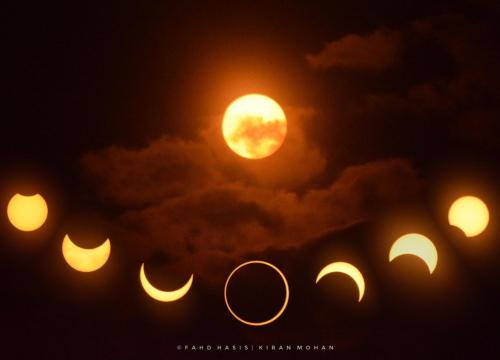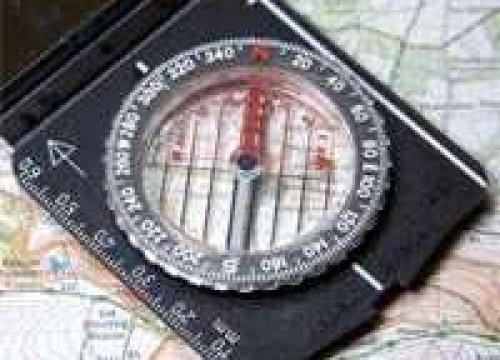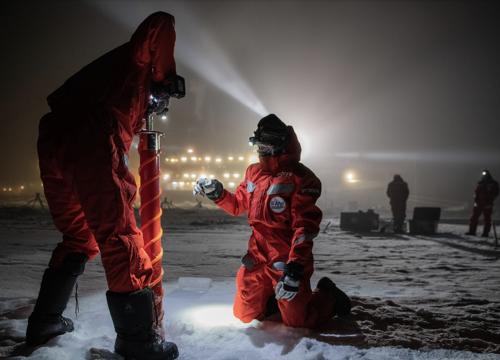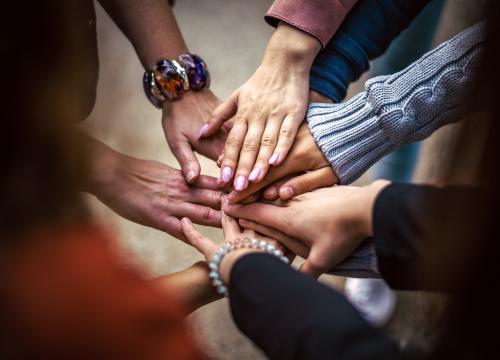Dr. Rick Saltus, and Dr. Neesha Schnepf presented on their recent research in geomagnetism and talk about their crowd-sourcing app: CrowdMag
This webinar is part of the CIRES/NOAA Science-At-Home series.
Goals Header
About the Presenters
Richard Saltus:
Richard works with the NOAA GEOMAG team on an update to the EMAG2 global magnetic anomaly compilation. The goal is to improve the resolution and reliability of the compilation to improve its applicability to geologic and tectonic interpretation.
Neesha Schenpf:
Neesha Schnepf and her geomagnetism research group works with space-based, airborne, marine, and in-situ magnetic field observatories to study changes in Earth’s magnetic field on a minute, hourly, daily, and yearly time frame. The primary application of this research is to improve navigation accuracy for land, sea, and airborne modes of transportation, to enhance satellite orientation, and to explore natural resources.
Recommended Activities for e-Learning
All Ages: You can be a citizen scientist! The CrowdMag team needs you to download their app and take measurements (as often as you want) to capture the fluctuations in geomagnetism throughout the day and around the world.
Pre-K: Geomagnetism and magnetism can be hard concepts at this age, but you can use a visual analogy to help imagine what a geomagnetic field might look like by hula-hooping. The hula-hoop is always there, and always applying a small amount of pressure but it is also moving and changing.
K-5: Did you know sea turtles use geomagnetism to navigate? We didn't either, which is why we found this easy at-home NPR Science Friday activity to be so fascinating. All you need are some magnets, playdough/clay, and some junk drawer goods (scissors, tape, bolt or screw, cardboard, etc).
MIT offers a matching game, simply print the images and try to match them.
6-8: Educators and parents can use our CIRES Education & Outreach Geomag Curriculum -a full suite of lessons/activities- to better understand the importance of geomagnetism. From how to navigate with a compass to the Aurora Borealis, kids will learn all about what makes geomagnetism relevant.
Head over to NOAA's Geomagnetism Storymap for a self-paced presentation on what geomagnetism is and how it impacts things on earth, track the movement of the north and south poles, and listen to a recording of a solar storm.
9-12: Educators will find this series of lessons and activities from Berkeley very useful while teaching the advanced concepts of geomagnetism. As well as these lessons from the Florida State University's CPalms.
Check the NOAA Space Weather Prediction Center's 3-Day Geomagnetism Forecast. Compare the predictions to your CrowdMag findings. Then checkout the NOAA Magnetic Field Calculator to see if you can spot any anomalies.













